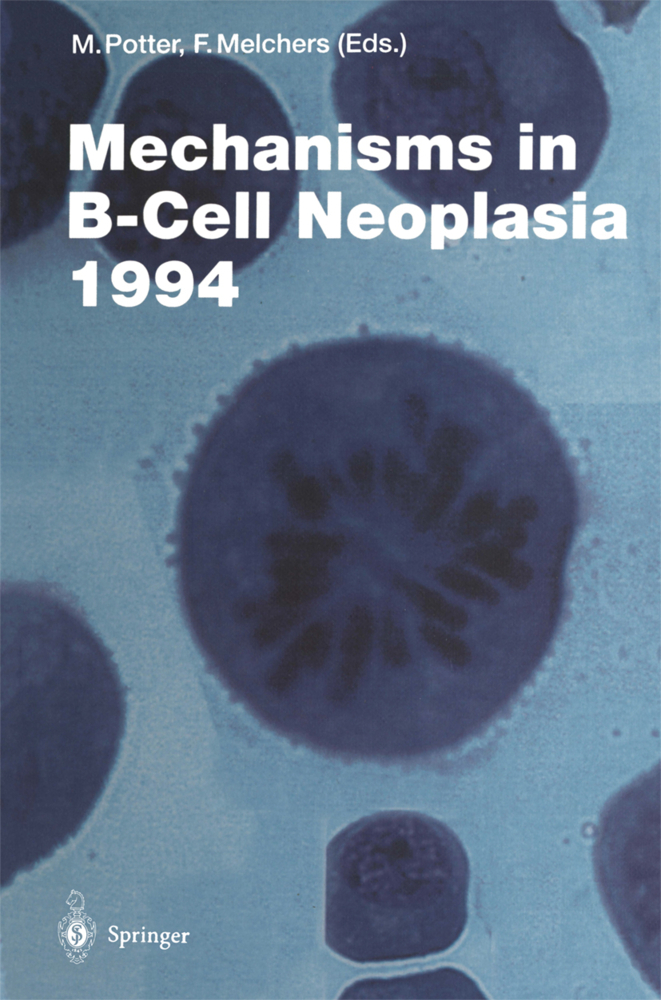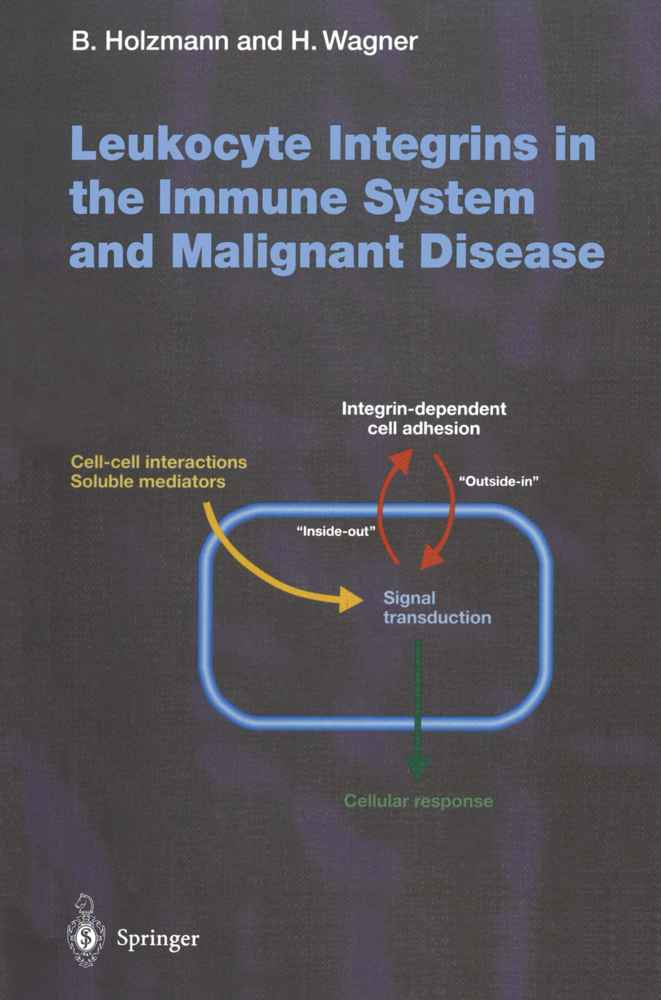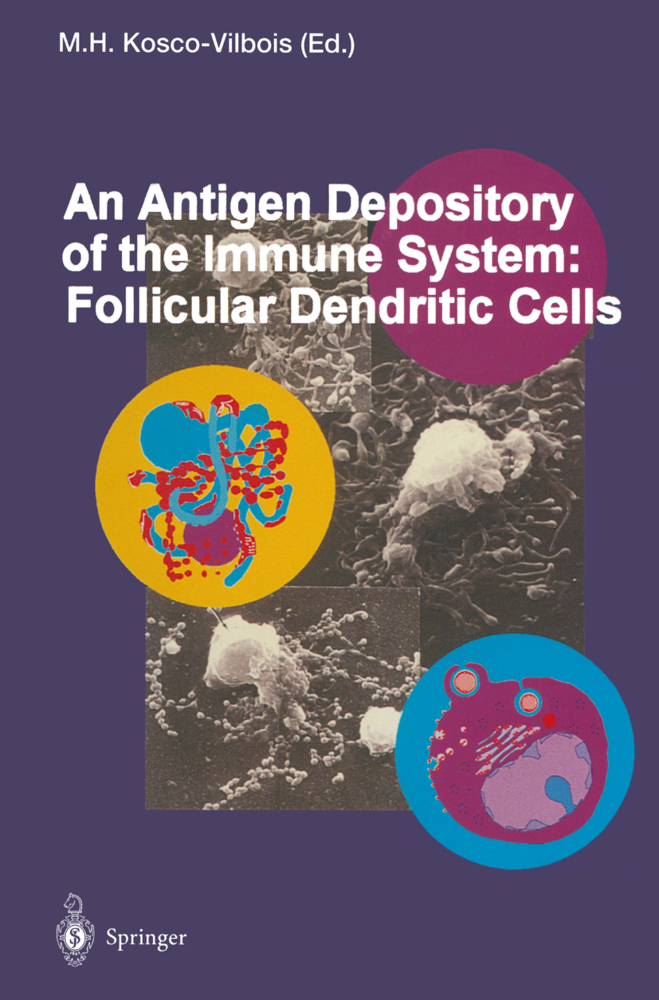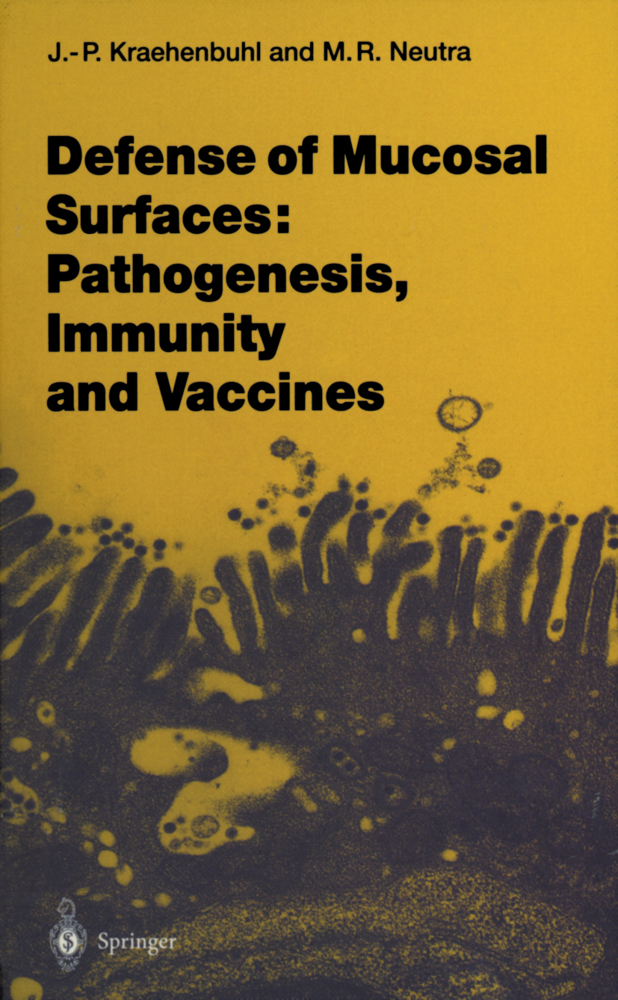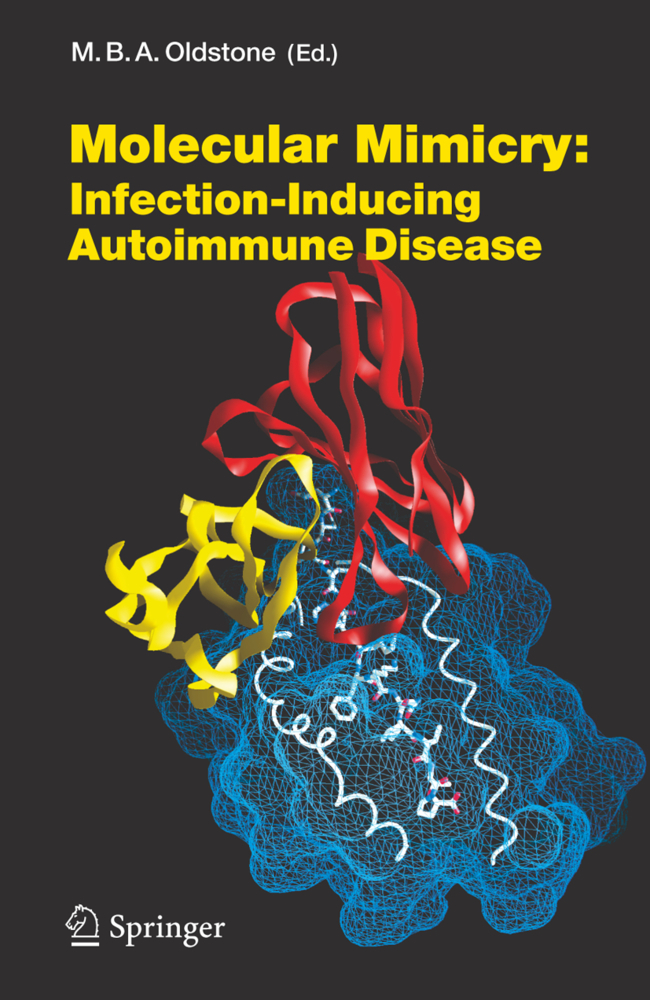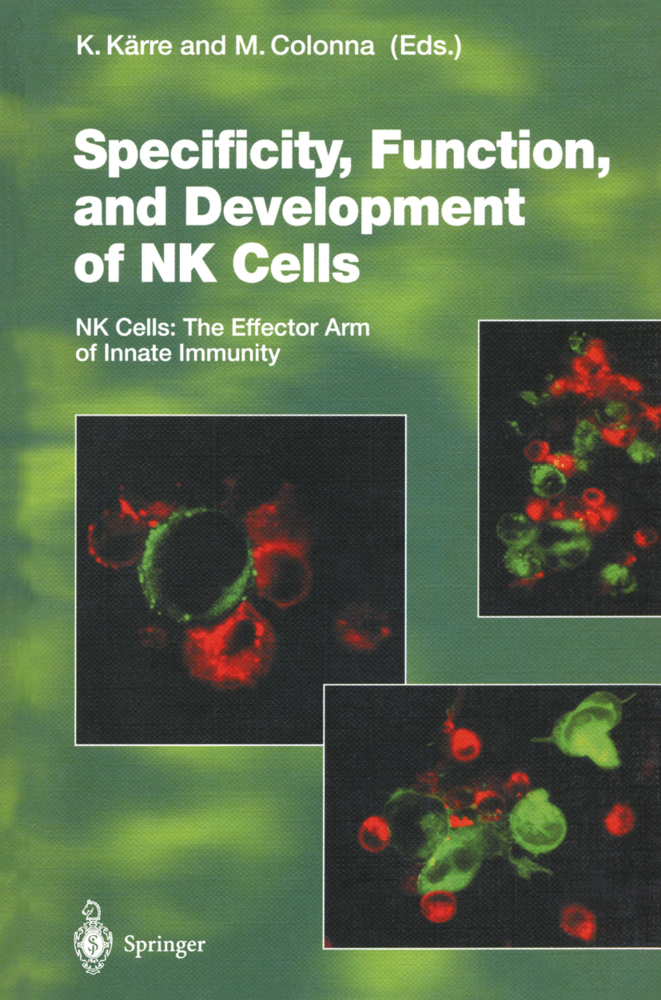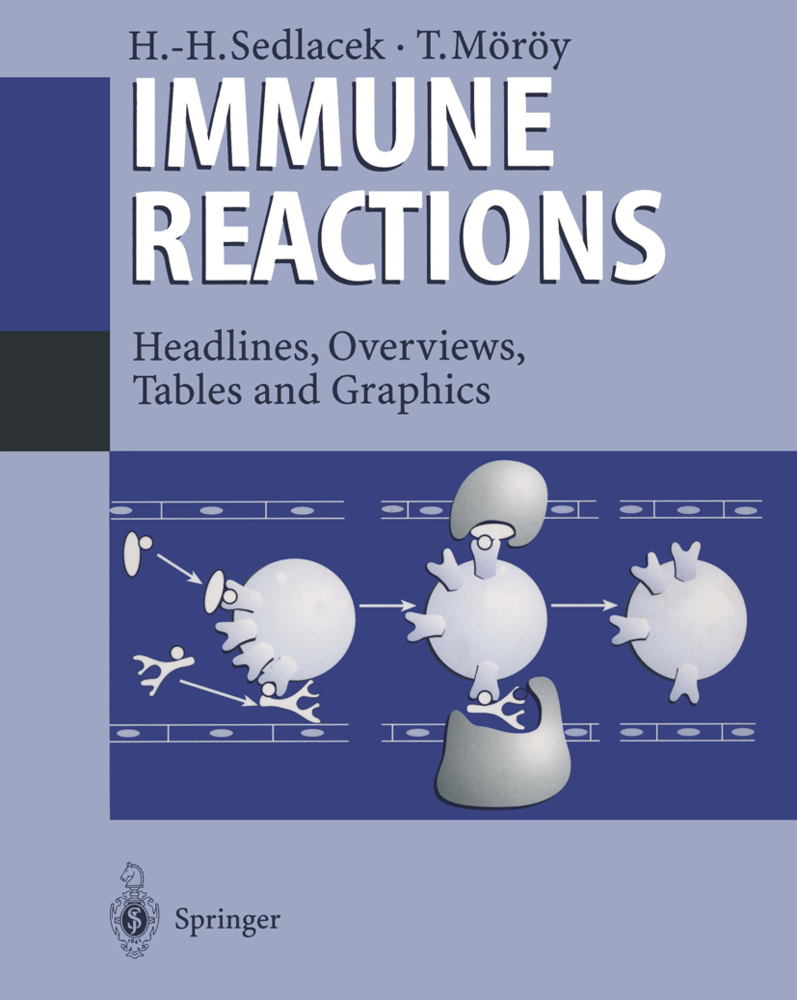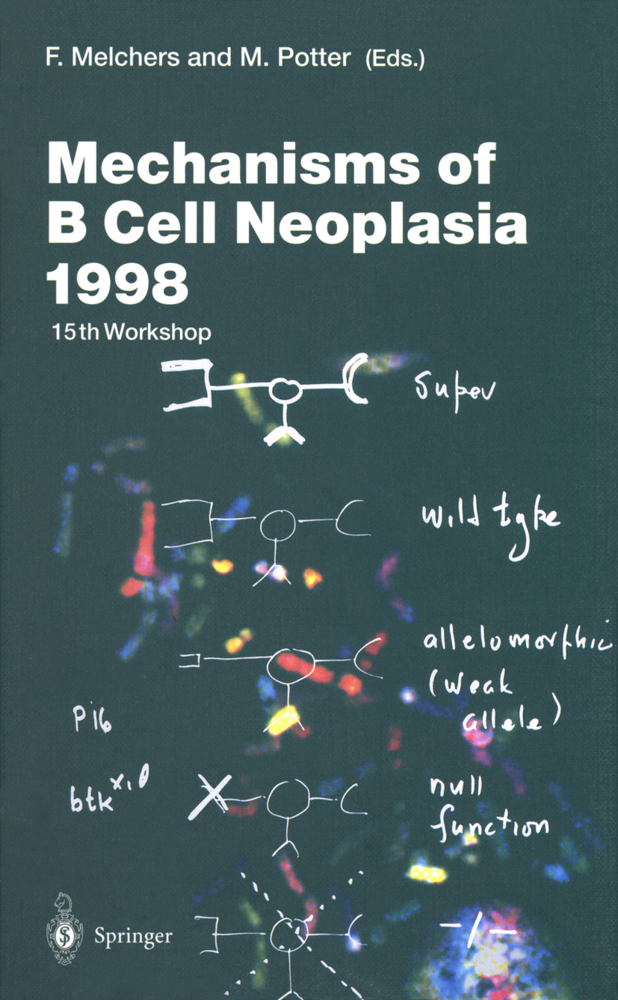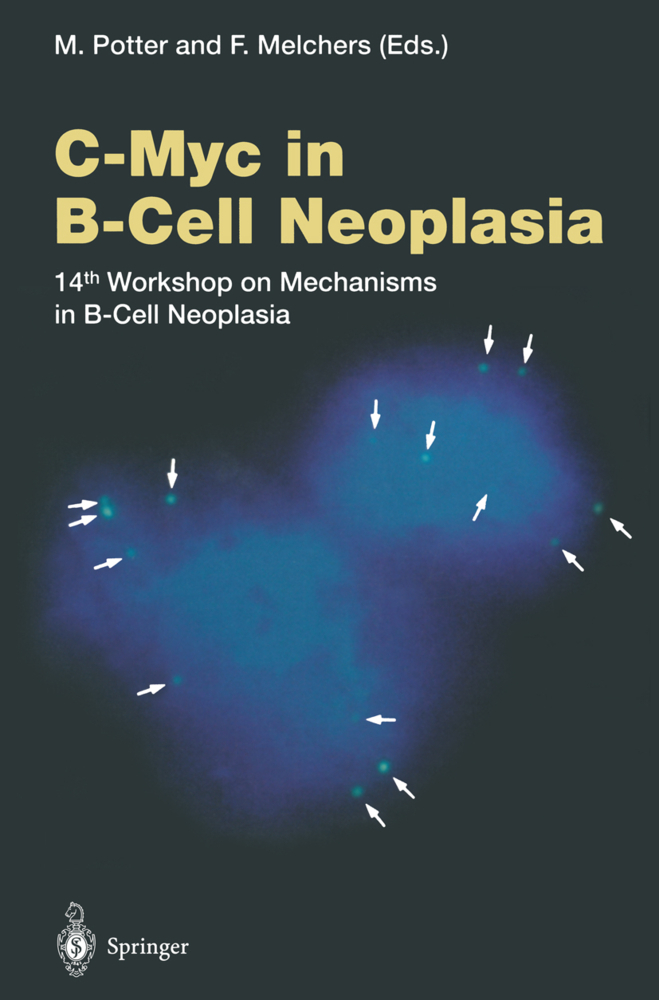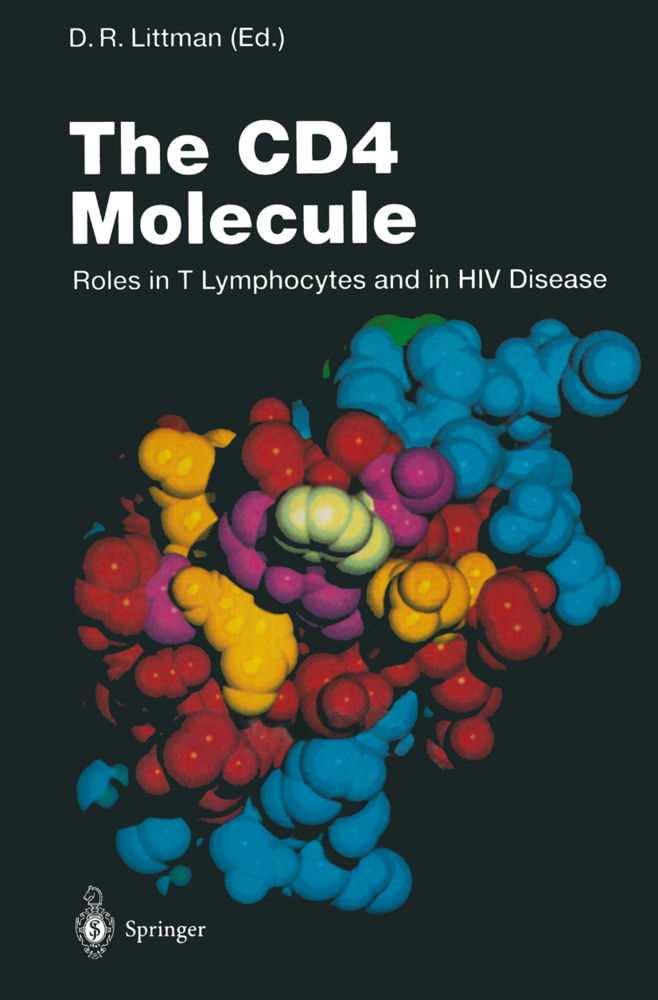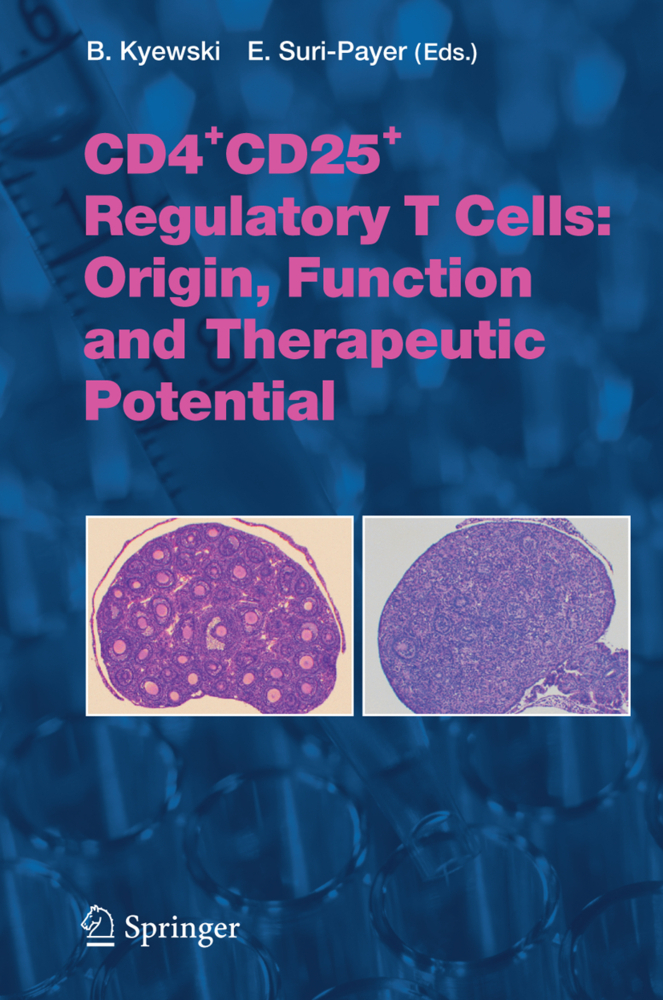Mechanisms in B-Cell Neoplasia 1994
Mechanisms in B-Cell Neoplasia 1994
The 12th Workshop on "Mechanisms in B-Cell Neoplasia" continues this series of meetings on intriguing new developments in human and experimental B-cell tumors. The integration of knowledge from basic B-cell biology to the clinical problems of multiple myelomas, follicular lymphoma, mantle cell lymphoma and B-CLL present the challenges that were discussed in the meeting.
The discussion focusses on:
- Cellular components of the "myeloma clone"
- Genomic instability in B-cells and B-cell tumors
- The CD5 antigen and B1 cells
- Regulation of cell cycle and apoptosis
- Role of IL-6, BCL-2, BCL-1, myc in B-cell development
Detection of B-Cells Clonally Related to the Tumor Population in Multiple Myeloma and MGUS
The Blood B-Cells and Bone Marrow Plasma Cells in Patients with Multiple Myeloma Share Identical IgH Rearrangements
Multiple Myeloma Clones are Derived from a Cell Late in B Lymphoid Development
The Myeloma/Plasmacytoma Phenotype
Multiple Myeloma - Recent Developments in Molecular and Cellular Biology
Potential Role of CD28-B7 Interactions in the Growth of Myeloma Plasma Cells
B-1 (CD5+) B-Cells as a Marker of Immune Dysregulation in Multiple Myeloma
Genes Expressed Selectively in Murine and Human Plasma Cell Neoplasms
Molecular and Biological Role of CD40 in Multiple Myeloma
The Proliferation-Associated Cytosolic Protein Lap 18 (stathmin) is Expressed at Atypically Low Levels in BALB/c Plasmacytom Cells
Plasmacytoma Induction in Mice
Induction of Plasmacytomas in Genetically Susceptible Mice with Silicone Gels
Strain-Related Cellular Mechanisms as a Determinant for Susceptibility and Resistance to PC Induction
Human and Mouse B-Cell Lymphomas
Alterations of the BCL-6 Gene in Diffuse Large-Cell Lymphoma
Classification of Mouse Lymphomas
The Natural History of a Lymphoproliferative Disorder in Aged NZB Mice
EBV Infection of B-CLL Cells in Vitro Potentiates Their Allostimulatory Capacity if Accompanied by Acquisition of the Activated Phenotype
A New Form of Epstein-Barr Virus Latency in vivo
Pharmacologic Activation of Expression of Immunodominant Viral Antigens: A New Strategy for the Treatment of Epstein-Barr-Virus-Associated Malignancies
Rapid Identification of Novel Human Lymphoid-Restricted Genes by Automated DNA Sequencing ofSubtracted cDNA Libraries
Tumorigenesis in Mice with an SV40T Antigen Transgene Driven by the Immunoglobulin ?1 Heavy Chain Germline Promoter
Circulating B-Cells in Follicular Non-Hodgkin's Lymphoma Show Variant Expression of L-Selectin Epitopes
Light Chain Loss and Reexpression Leads to Idiotype Switch. Surrogate Light Chains are Probably Responsible for this Process
Growth Regulation: IL-6
Regulation of Terminal differentiation of Human B-Cells by IL-6
Sequence, Expression and Function of an mRNA Encoding a Soluble Form of the Human lnterleukin-6 Receptor (sIL-6R)
The Late B-Cell
CD5 Transgenic Mice
Activation of B-Cells by sIgM Cross-Linking Induces Accumulation of CD5 mRNA
GP130 in Human Myeloma/Plasmacytoma
Analysis of Antigen-Driven Positive and Negative Selection of Phosphocholine-Specific Bone Marrow B-Cells
Growth Regulation - C-myc
Role of the Rel-Family of Transcription Factors in the Regulation of c-myc Gene Transcription and Apoptosis of WEHI231 Murine B-Cells
c-myc Transcription is Initiated From Po in 70% of Patients with Multiple Myeloma
Clustered Mutations in the Transcritpional Activation Domainof Myc in 8q24 Translocated Lymphomas and their Functional Consequences
Association with C-Myc: An Alternate Mechanism for c-Myc Function
The Role of Ornithine Decarboxylase in c-Myc-lnduced Apoptosis
Growth Factor Regulation of Cell Cycle Progression and Cell Fate Determination
Growth Regulation: Apoptosis, BCL-2, Dormancy
Defective Apoptosis due to Bcl-2 Overexpression May Explain Why B-CLL Cells Accumulate in G0
Lyn Tyrosine Kinase Signals Cell Cycle Arrest in Mouse and Human B-Cell Lymphoma
A Link Between the Antioxidant Defense System and Calcium: A Proposal for the Biochemical Function of Bcl-2.-Heterodimerization with Bax is Required for Bcl-2 to Repress Cell Death
Growth Regulation: Cyclin D1, ABL
Mantle Cell/Centrocytic Lymphoma: Molecular and Phenotypic Analysis Including Analysis of the bcl-1 Major Translocation Cluster by PCR
Cyclin D1 as the Putative bcl-1 Oncogene
Pre-B-Cells Transformed by ts Abelson Virus Rearrange ? and ? Genes in Early G1
Development of btk Transgenic Mice
Genomic Instability: General Topics
Genomic Instability in B-Cells and Diversity of Recombinations That Activate c-myc
Broken-Ended DNA and V(D)J Recombination
Mutations in the Coding Region of c-myc Occur Independently of Mutations in the Regulatory Regions and are Predominantly Associated with myc/lg Translocation
The Generation of Pvt-1/Ck Chimeric Transcripts as an Assay for Chromosomal Translocations in Mouse Plasmacytomas
Interacisternal A-particle (IAP) Genes show Similar Patterns of Hypomethylation in Established and Primary Mouse Plasmacytomas
Regulatory Elements in the Immunoglobulin Kappa Locus Induce c-myc Activation in Burkitt's Lymphoma Cells
Genomic Instability: Heavy Chain Switch Related Problems
Illegitimate Recombinations Between c-myc and Immunoglobulin Loci Are Remodeled by Deletions in Mouse Plasmacytomas But Not in Burkitt's Lymphomas
Sy3 SNIP and SNAP Binding Motifs are Occupied in vivo in Mitogen Activated l.29? + Cells
Chromosomally Integrated Retroviral Substrates are Sensitive Indicators of an Antibody Class Switch Recombinase-Like Activity
The Role of BSAP in Immunoglobulin Isotype Switching and B-Cell Proliferation.
The discussion focusses on:
- Cellular components of the "myeloma clone"
- Genomic instability in B-cells and B-cell tumors
- The CD5 antigen and B1 cells
- Regulation of cell cycle and apoptosis
- Role of IL-6, BCL-2, BCL-1, myc in B-cell development
The "Myeloma" Clone
Detection of Peripheral Blood Myeloma Cells by Three-Color Flow CytometryDetection of B-Cells Clonally Related to the Tumor Population in Multiple Myeloma and MGUS
The Blood B-Cells and Bone Marrow Plasma Cells in Patients with Multiple Myeloma Share Identical IgH Rearrangements
Multiple Myeloma Clones are Derived from a Cell Late in B Lymphoid Development
The Myeloma/Plasmacytoma Phenotype
Multiple Myeloma - Recent Developments in Molecular and Cellular Biology
Potential Role of CD28-B7 Interactions in the Growth of Myeloma Plasma Cells
B-1 (CD5+) B-Cells as a Marker of Immune Dysregulation in Multiple Myeloma
Genes Expressed Selectively in Murine and Human Plasma Cell Neoplasms
Molecular and Biological Role of CD40 in Multiple Myeloma
The Proliferation-Associated Cytosolic Protein Lap 18 (stathmin) is Expressed at Atypically Low Levels in BALB/c Plasmacytom Cells
Plasmacytoma Induction in Mice
Induction of Plasmacytomas in Genetically Susceptible Mice with Silicone Gels
Strain-Related Cellular Mechanisms as a Determinant for Susceptibility and Resistance to PC Induction
Human and Mouse B-Cell Lymphomas
Alterations of the BCL-6 Gene in Diffuse Large-Cell Lymphoma
Classification of Mouse Lymphomas
The Natural History of a Lymphoproliferative Disorder in Aged NZB Mice
EBV Infection of B-CLL Cells in Vitro Potentiates Their Allostimulatory Capacity if Accompanied by Acquisition of the Activated Phenotype
A New Form of Epstein-Barr Virus Latency in vivo
Pharmacologic Activation of Expression of Immunodominant Viral Antigens: A New Strategy for the Treatment of Epstein-Barr-Virus-Associated Malignancies
Rapid Identification of Novel Human Lymphoid-Restricted Genes by Automated DNA Sequencing ofSubtracted cDNA Libraries
Tumorigenesis in Mice with an SV40T Antigen Transgene Driven by the Immunoglobulin ?1 Heavy Chain Germline Promoter
Circulating B-Cells in Follicular Non-Hodgkin's Lymphoma Show Variant Expression of L-Selectin Epitopes
Light Chain Loss and Reexpression Leads to Idiotype Switch. Surrogate Light Chains are Probably Responsible for this Process
Growth Regulation: IL-6
Regulation of Terminal differentiation of Human B-Cells by IL-6
Sequence, Expression and Function of an mRNA Encoding a Soluble Form of the Human lnterleukin-6 Receptor (sIL-6R)
The Late B-Cell
CD5 Transgenic Mice
Activation of B-Cells by sIgM Cross-Linking Induces Accumulation of CD5 mRNA
GP130 in Human Myeloma/Plasmacytoma
Analysis of Antigen-Driven Positive and Negative Selection of Phosphocholine-Specific Bone Marrow B-Cells
Growth Regulation - C-myc
Role of the Rel-Family of Transcription Factors in the Regulation of c-myc Gene Transcription and Apoptosis of WEHI231 Murine B-Cells
c-myc Transcription is Initiated From Po in 70% of Patients with Multiple Myeloma
Clustered Mutations in the Transcritpional Activation Domainof Myc in 8q24 Translocated Lymphomas and their Functional Consequences
Association with C-Myc: An Alternate Mechanism for c-Myc Function
The Role of Ornithine Decarboxylase in c-Myc-lnduced Apoptosis
Growth Factor Regulation of Cell Cycle Progression and Cell Fate Determination
Growth Regulation: Apoptosis, BCL-2, Dormancy
Defective Apoptosis due to Bcl-2 Overexpression May Explain Why B-CLL Cells Accumulate in G0
Lyn Tyrosine Kinase Signals Cell Cycle Arrest in Mouse and Human B-Cell Lymphoma
A Link Between the Antioxidant Defense System and Calcium: A Proposal for the Biochemical Function of Bcl-2.-Heterodimerization with Bax is Required for Bcl-2 to Repress Cell Death
Growth Regulation: Cyclin D1, ABL
Mantle Cell/Centrocytic Lymphoma: Molecular and Phenotypic Analysis Including Analysis of the bcl-1 Major Translocation Cluster by PCR
Cyclin D1 as the Putative bcl-1 Oncogene
Pre-B-Cells Transformed by ts Abelson Virus Rearrange ? and ? Genes in Early G1
Development of btk Transgenic Mice
Genomic Instability: General Topics
Genomic Instability in B-Cells and Diversity of Recombinations That Activate c-myc
Broken-Ended DNA and V(D)J Recombination
Mutations in the Coding Region of c-myc Occur Independently of Mutations in the Regulatory Regions and are Predominantly Associated with myc/lg Translocation
The Generation of Pvt-1/Ck Chimeric Transcripts as an Assay for Chromosomal Translocations in Mouse Plasmacytomas
Interacisternal A-particle (IAP) Genes show Similar Patterns of Hypomethylation in Established and Primary Mouse Plasmacytomas
Regulatory Elements in the Immunoglobulin Kappa Locus Induce c-myc Activation in Burkitt's Lymphoma Cells
Genomic Instability: Heavy Chain Switch Related Problems
Illegitimate Recombinations Between c-myc and Immunoglobulin Loci Are Remodeled by Deletions in Mouse Plasmacytomas But Not in Burkitt's Lymphomas
Sy3 SNIP and SNAP Binding Motifs are Occupied in vivo in Mitogen Activated l.29? + Cells
Chromosomally Integrated Retroviral Substrates are Sensitive Indicators of an Antibody Class Switch Recombinase-Like Activity
The Role of BSAP in Immunoglobulin Isotype Switching and B-Cell Proliferation.
| ISBN | 978-3-642-79277-9 |
|---|---|
| Artikelnummer | 9783642792779 |
| Medientyp | Buch |
| Auflage | Softcover reprint of the original 1st ed. 1995 |
| Copyrightjahr | 2012 |
| Verlag | Springer, Berlin |
| Umfang | XXV, 458 Seiten |
| Abbildungen | XXV, 458 p. 12 illus. in color. |
| Sprache | Englisch |

